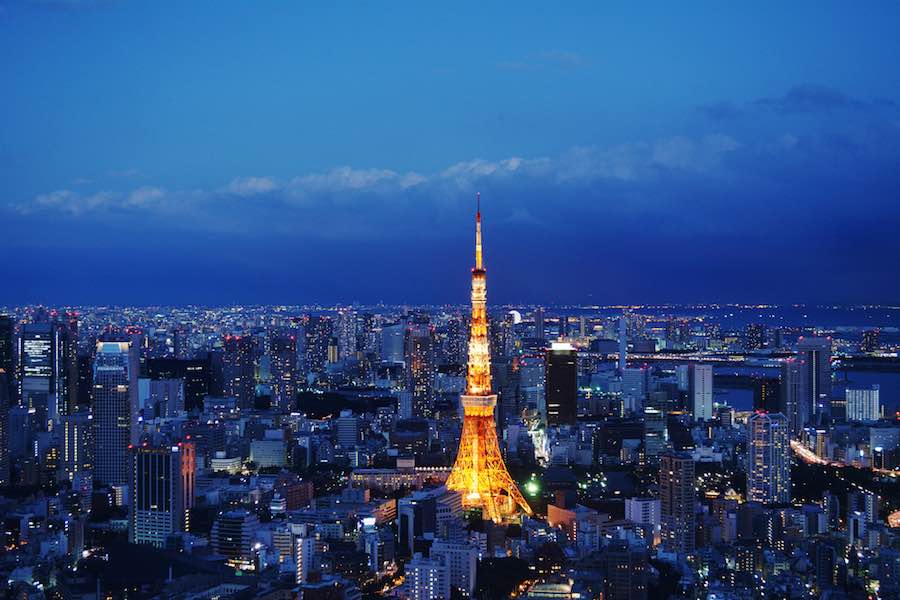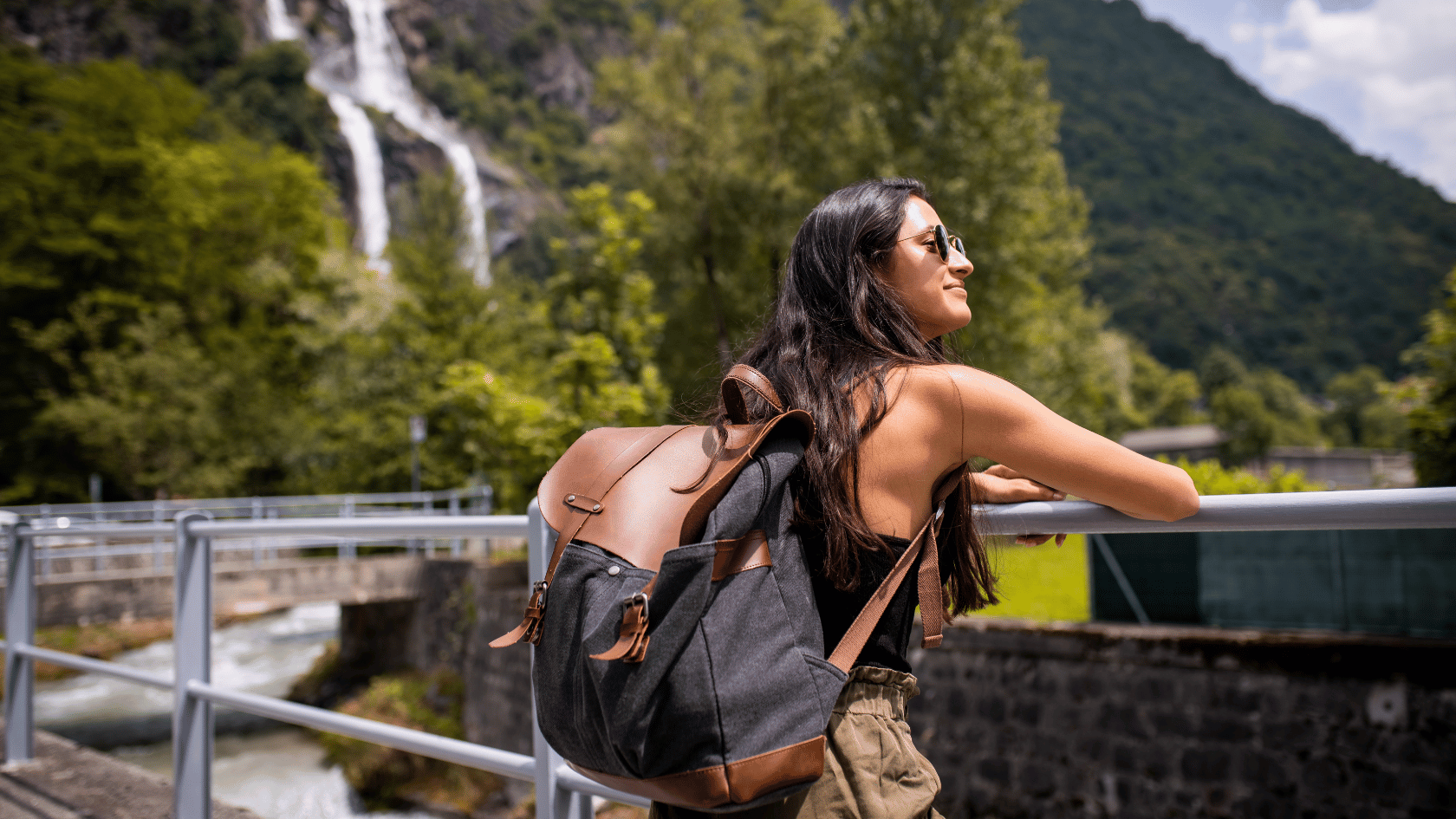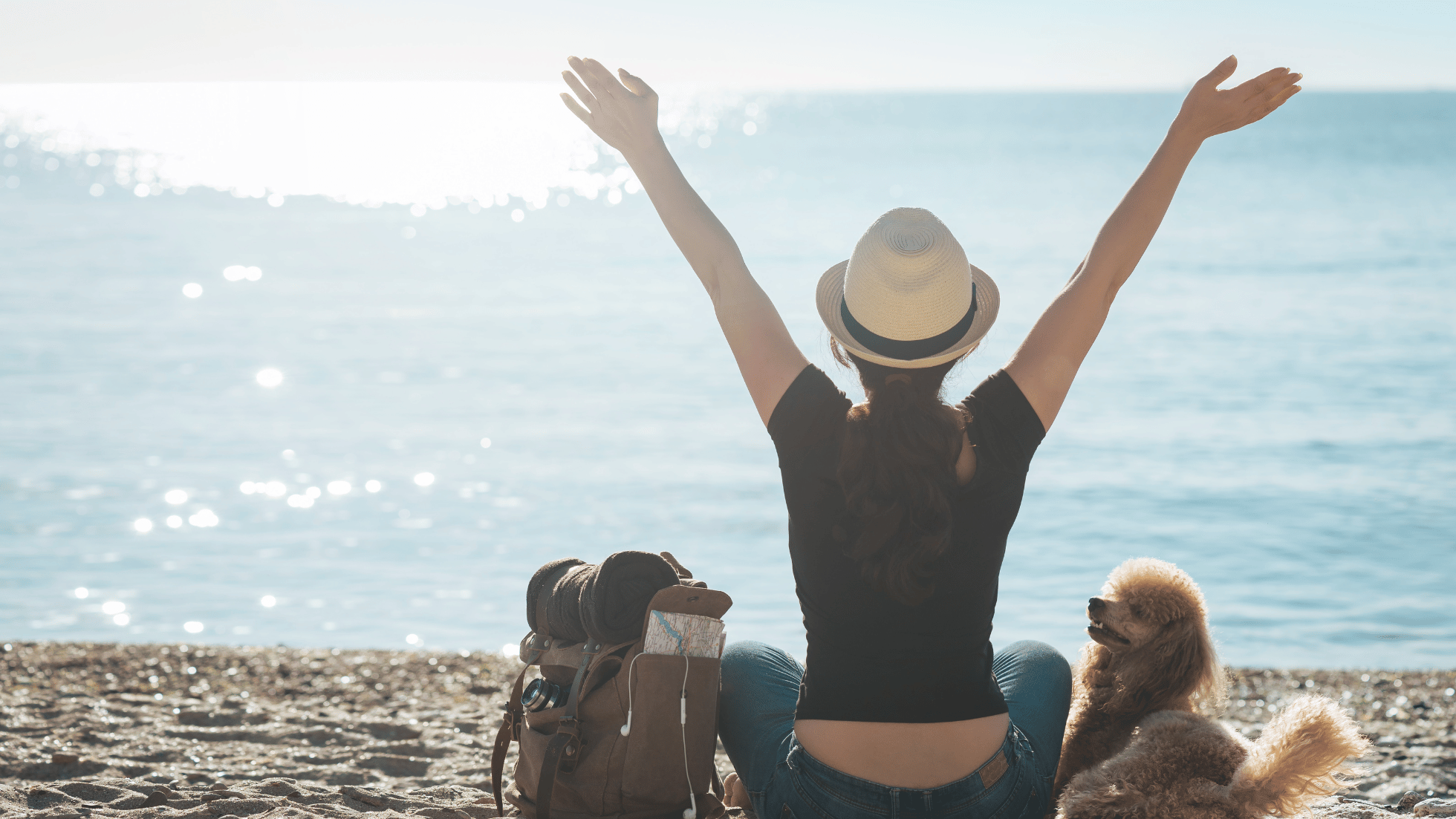Tokyo, a city that blends the ultramodern with the traditional, offers countless photogenic spots that attract photographers from around the world. From bustling street crossings and historic temples to panoramic city views and serene gardens, Tokyo’s diverse landscapes provide unique backdrops for capturing stunning photographs. In this article, we explore the 8 best places in Tokyo to take pictures, each offering its own unique charm and photographic potential.
Key Takeaways
- Tokyo offers a blend of modern and traditional photo opportunities.
- Iconic landmarks like Shibuya Crossing and Tokyo Tower are must-visits for photographers.
- Historical sites like Senso-ji Temple and Meiji Shrine provide a glimpse into Tokyo’s rich history.
- Natural spots like Shinjuku Gyoen offer peaceful settings amidst the urban environment.
- Unique structures like Tokyo Skytree provide spectacular views of the city skyline.
1. Shibuya Crossing

When I first stepped into the bustling scene of Shibuya Crossing, it felt like I was part of a movie set. The sheer number of people, all crossing in different directions, yet somehow managing not to bump into each other, is a spectacle in itself. It’s not just about the people; the surrounding neon advertisements and giant video screens add to the surreal experience.
- Best time to visit: Evening during the weekend
- Ideal spot for photos: In front of the Shibuya Station, Hachiko exit
Remember, the key to capturing the perfect shot here is patience. With so many people, you might have to wait a bit to get that clear, unobstructed view you’re aiming for.
2. Tokyo Tower

Whenever I visit Tokyo Tower, I’m always struck by its iconic presence and the stunning views it offers of the city. Standing at 333 meters, it’s a fantastic spot for photography, especially during the evening when the city lights begin to sparkle. The view of the Tokyo skyline from the main observatory is simply breathtaking, and it’s a must-visit for anyone looking to capture the essence of Tokyo in their photos.
One of my favorite things to do is explore the lesser-known areas around the base of the tower. There’s a certain charm to the surrounding streets that is quite different from the bustling city center. I always make sure to arrive early to avoid the crowds and to take my time setting up the perfect shot. Packing light is also key, as it allows me to move freely and capture various angles without the burden of heavy gear.
3. Senso-ji Temple

Visiting Senso-ji Temple in Asakusa was like stepping back in time. The vibrant reds of the temple and the bustling atmosphere of the Nakamise shopping street gave me countless photo opportunities. I started my visit at the iconic Kaminarimon Gate, with its giant red lantern, which is a must-capture for any photographer.
As I wandered through the temple grounds, the intricate details of the architecture and the lively expressions of the worshippers and visitors provided a rich tapestry of subjects for my camera. The contrast between the serene inner gardens and the crowded shopping lanes was striking. I made sure to capture the Five-Storied Pagoda at dusk when the lighting added a magical touch to its already majestic structure.
One tip for fellow photographers: try visiting during different times of the day to see how the changing light transforms the temple and its surroundings.
4. Meiji Shrine

When I first visited Meiji Shrine, I was struck by its serene beauty and the profound sense of peace that envelops the place. Nestled in a lush forest, this Shinto shrine is not just a tourist spot but a spiritual haven where you can experience tranquility amidst the bustling city of Tokyo.
One of the things I love about Meiji Shrine is the traditional Shinto rituals. Observing locals participate in these rituals adds an authentic touch to the visit, making it more memorable. The shrine’s architecture, with its towering gates and intricate woodwork, is absolutely stunning and provides a perfect backdrop for photography.
If you’re visiting in the early morning, the soft sunlight filtering through the trees creates a magical atmosphere that is perfect for reflective moments or meditation.
Here are a few tips for your visit:
- Arrive early to avoid the crowds and experience the shrine at its most peaceful.
- Be respectful of the customs and participate in the cleansing ritual at the temizuya before entering the main hall.
- Don’t forget to explore the surrounding gardens and forest trails; they are as enchanting as the shrine itself.
5. Odaiba

When I think about Odaiba, it’s hard not to get excited about the blend of futuristic architecture and the relaxing seaside atmosphere. This man-made island offers some of the most incredible views of Tokyo Bay, making it a perfect spot for photography enthusiasts like myself.
One of my favorite things to do here is to stroll along the beach during sunset. The way the light plays with the water and the Rainbow Bridge in the background is just magical. Here’s a quick list of spots you shouldn’t miss:
- Palette Town: A shopping and entertainment complex that looks stunning at night.
- Statue of Liberty Replica: Smaller than its New York sibling but equally photogenic.
- Fuji TV Building: Its unique architecture makes it a standout subject.
Remember, the best time to capture Odaiba is during the golden hours, either early morning or late afternoon, when the light is just right.
6. Shinjuku Gyoen National Garden

Whenever I visit Shinjuku Gyoen National Garden, I’m reminded why it’s a photographer’s paradise. The sprawling lawns, tranquil lakes, and the traditional Japanese garden section offer a serene escape from the bustling city. It’s a place where every season brings a new canvas; cherry blossoms in spring, lush greenery in summer, fiery leaves in autumn, and the serene beauty of snow in winter.
Shinjuku Gyoen is not just a park; it’s a journey through nature’s artistry, captured one snapshot at a time.
Here’s a quick look at what makes this place special:
- Cherry Blossoms: Best viewed in early April.
- Autumn Colors: Visit in late November for breathtaking views.
- Traditional Tea Houses: Experience a piece of Japanese culture.
- Greenhouse: Houses tropical and subtropical flora.
7. Tokyo Skytree

When I first visited the Tokyo Skytree, I was absolutely mesmerized by its towering presence and the panoramic views it offered of the city. Standing at 634 meters, it’s not just a television broadcasting tower but a pivotal landmark for any photography enthusiast in Tokyo.
The view from the top during the evening is particularly breathtaking, as the city lights begin to twinkle and the skyline comes alive.
Here are a few tips for capturing the best shots:
- Visit during sunset for a magical backdrop.
- Experiment with different angles from the observation decks.
- Nighttime offers a spectacular array of lights, making it one of the best night photo spots in Tokyo.
The Skytree not only provides a great vantage point but also houses an aquarium and various shops, making it a full-day experience.
8. Harajuku

When I think of Harajuku, the first thing that comes to mind is its vibrant and eclectic street style. It’s a place where fashion meets fun, and every corner offers a new visual treat. Walking through Takeshita Street, you’ll be surrounded by colorful shops and the trendiest cafés, each with its own unique flair. It’s not just about shopping; it’s about experiencing the pulse of Tokyo’s youth culture.
Harajuku is also a fantastic spot for finding unique souvenirs and gifts. The local shops range from high-end boutiques to vintage clothing stores, ensuring there’s something for everyone.
If you’re into photography, the street art and the ever-changing fashion trends provide endless inspiration. Here’s a quick list of must-visit spots:
- Totti Candy Factory for some eye-catching cotton candy
- Kawaii Monster Cafe for a dining experience that’s as visually appealing as it is tasty
- Daiso for affordable souvenirs and a variety of goods
Remember, Harajuku is more than just a shopping destination; it’s a vibrant cultural hub that reflects the dynamic spirit of Tokyo.
Frequently Asked Questions
What is the best time to visit Shibuya Crossing for photos?
The best time to visit Shibuya Crossing for photos is during the evening rush hour when the area is bustling with people or late at night for a different perspective with neon lights.
Can I use a tripod at Tokyo Tower?
Yes, you can use a tripod at Tokyo Tower, especially on the observation decks. However, it’s advisable to check any specific restrictions or rules on the day of your visit.
Are there any photography restrictions at Senso-ji Temple?
Photography is generally allowed at Senso-ji Temple, but it’s respectful to avoid taking pictures of people praying or during religious ceremonies without permission.
What are the best spots to take photos at Meiji Shrine?
The best spots to take photos at Meiji Shrine include the torii gates, the forested pathways, and the inner garden, particularly during the iris blooming season.
What makes Odaiba a unique location for photography?
Odaiba offers a mix of futuristic architecture, the iconic Rainbow Bridge, and stunning views of the Tokyo skyline, making it a unique location for both day and night photography.
Is it allowed to take pictures inside the greenhouses at Shinjuku Gyoen National Garden?
Photography is allowed inside the greenhouses at Shinjuku Gyoen National Garden, but please refrain from using flash to protect the plants.



